for rapidly building modern applications that are highly-concurrent, efficient, asynchronous, and fully testable.
ZIO applications don’t leak resources, they don’t deadlocks, and they don’t lose errors. Leveraging the power of Scala’s type system, ZIO applications are correct-by-construction, with statically-verified error behavior, requiring less work and fewer tests to achieve a given level of application quality.

ZIO applications don’t leak resources, they don’t deadlocks, and they don’t lose errors. Leveraging the power of Scala’s type system, ZIO applications are correct-by-construction, with statically-verified error behavior, requiring less work and fewer tests to achieve a given level of application quality.


![]()
Learn ZIO with a highly-accessible, friendly writing style that beginners love, with no confusing jargon and no requirements beyond a working knowledge of Scala.
![]()
Become a concurrency wizard overnight, able to ship deadlock-free, asynchronous, highly-concurrent code, powered by transactions and cancelable conditions.
![]()
Learn how to use ZIO to statically enforce error behavior, how to sandbox defects at the edge of your application, and how to diagnose problems in production.
![]()
Learn how to create applications that never leak resources, whether those resources are files, web sockets, queues, threads, database or queue connections, or even fibers.
![]()
Learn how to build massively concurrent, high-performant streaming applications expressed using compact, beautiful, declarative, and reactive data pipelines.
![]()
Learn how to design compositional, modular, and testable architecture for ZIO applications using layers and type-inferred dependency injection powered by the Scala compiler.
![]()
Learn how to easily and robustly test concurrent and time-based code with ZIO’s powerful testkit, with solutions for flakiness, platform-specific customizations, and more.
![]()
Learn ZIO with a highly-accessible, friendly writing style that beginners love, with no confusing jargon and no requirements beyond a working knowledge of Scala.
![]()
Learn the practical side of functional Scala from a book that deliberately avoids category theory and fancy Scala features, focusing on pragmatic solutions to real world problems.
![]()
Written by the creators of ZIO and ZIO Test, Zionomicon contains insider-knowledge of how to get the most from ZIO—knowledge you simply can’t get anywhere else.
![]()
Every chapter is packed with exercises that gradually build on each other, giving you a chance to build real skills that are immediately useful to your day job.
![]()
Until now, the only way to get help with the ZIO library has been highly expensive workshops. Zionomicon brings mastery of ZIO within the reach of anyone, anywhere.
In depth treatment of aspects of ZIO, from essentials for getting started to concurrency and concurrent data structures, resource handling, dependency injection, and software transactional memory. Includes treatment of streaming and testing as well. Each chapter comes with clear learning goals, exercises, and worked examples so you get the most out of it.
